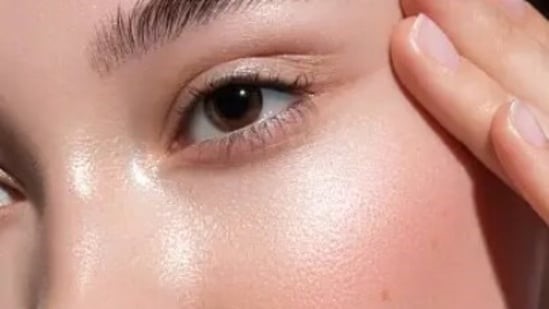Free Courses Sale ends Soon, Get It Now


Free Courses Sale ends Soon, Get It Now



Disclaimer: Copyright infringement not intended.
Context
Details
Epidermis Overview
Location and Structure:
Layers of the Epidermis:
Functions of the Epidermis:
Cell Types and Specialized Cells:
Role in Skin Health and Disorders:
Regulation and Maintenance:
Study Findings
Research Methods and Analysis
Implications
Conclusion
The study's discovery of haemoglobin in the epidermis unveils its potential role in skin protection, highlighting its significance in understanding skin defense mechanisms and suggesting avenues for future research in skincare and health treatments.
|
PRACTICE QUESTION Q. Discuss the pivotal role played by the epidermis in maintaining skin integrity and elucidate its significance in protecting the body from external factors. (250 Words) |
© 2024 iasgyan. All right reserved